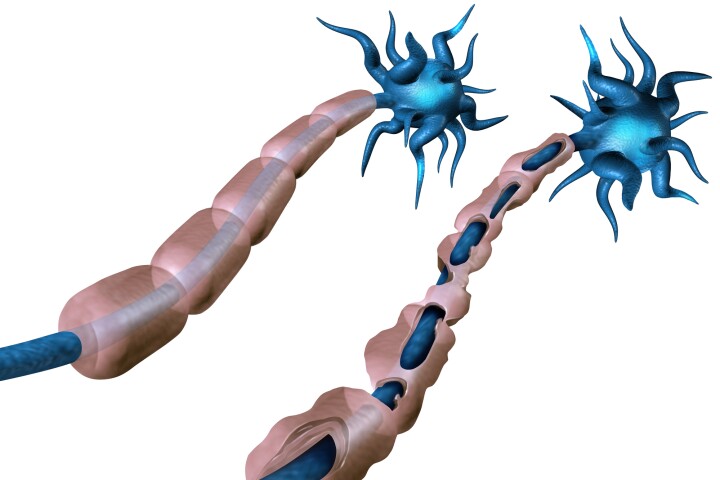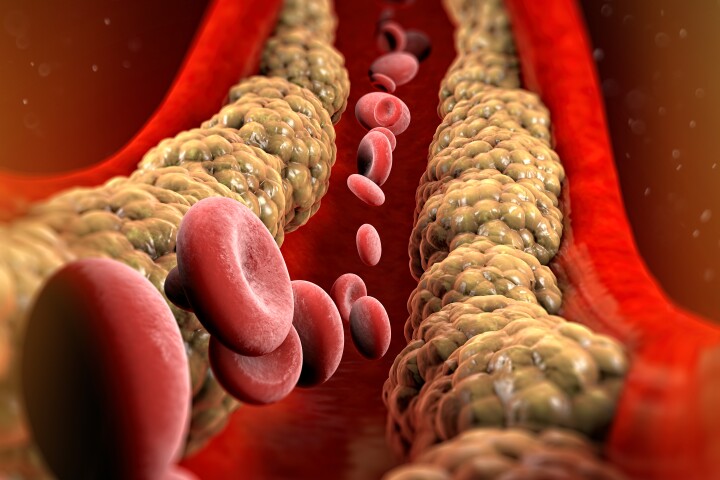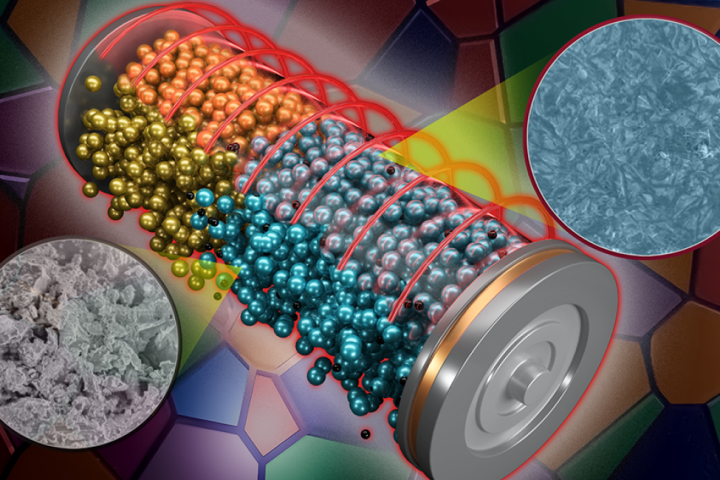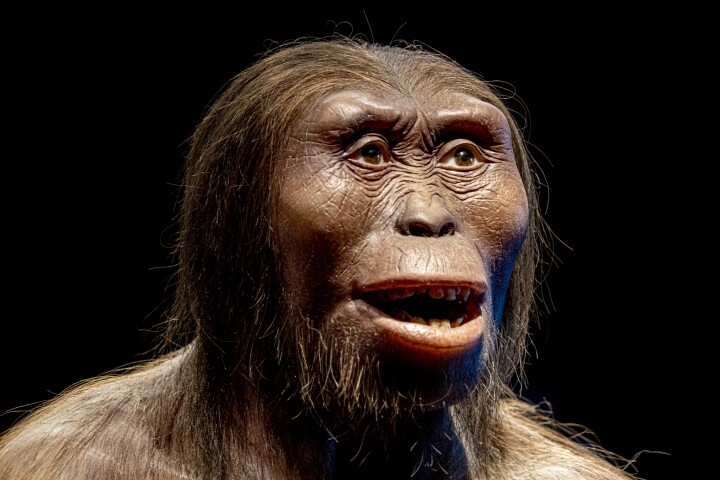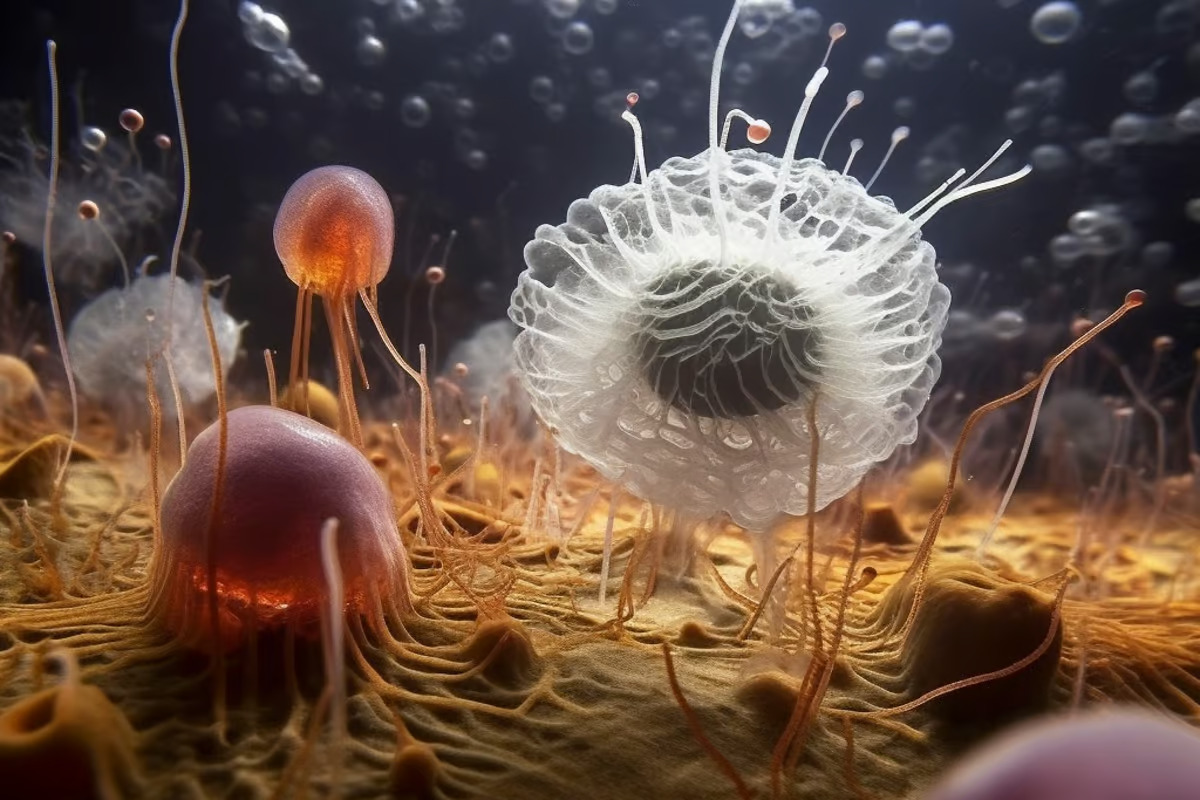 An AI-generated image constructed by the researchers illustrates what the lifeforms in the “Protosterol Biota” may have looked like. Orchestrated in MidJourney by TA 2023
An AI-generated image constructed by the researchers illustrates what the lifeforms in the “Protosterol Biota” may have looked like. Orchestrated in MidJourney by TA 2023
There are three main domains of life on Earth: the single-celled bacteria and archaea, and the more complex eukaryota. Despite having the fewest members, that last group is the one we’re most familiar with – it includes us humans as well as all animals, plants, algae, fungi and some single-celled organisms like amoeba. The key feature that sets eukaryotes apart is that their cells have a nucleus and other complex components, such as mitochondria.
But exactly when they first evolved has remained a mystery. Evidence of eukaryotes begin to appear in the fossil record in abundance from about 800 million years ago, but “molecular clock” studies estimate that the first group members should have evolved as far back as 1.8 billion years ago. So why is there no record of them?
As it turns out, there might be – it’s just that scientists may have been looking for the wrong thing. One of the main markers of eukaryotic life is steroids, lipid molecules like cholesterol that perform vital functions in their cells. These are commonly found in fossil beds dating back to about 800 million years ago, but barely appear in older rocks. One hypothesis suggested that eukaryotes existed before then, but in more primitive forms that may have been producing different lipid molecules.
So for the new study, the researchers set out to find those other molecules. They examined steroid molecules made by modern eukaryotes, and used several techniques to wind them back to intermediate versions that their ancestors might have produced. Then, they started looking for signs of these so-called “protosteroid” molecules in the fossil record.
And sure enough, they found these molecules were abundant in older rocks, before 800 million years ago. The oldest dated back to an astonishing 1.64 billion years ago, in the Barney Creek Formation in Australia, and they were surprisingly common in samples from around the globe.
“Scientists had overlooked these molecules for four decades because they do not conform to typical molecular search images,” said Professor Jochen Brocks, co-first author of the study. “But once we knew what we were looking for, we discovered that dozens of other rocks, taken from billion-year-old waterways across the world, were also oozing with similar fossil molecules.”
This provides a glimpse into a lost world of Protosterol Biota. These early eukaryotes thrived in marine environments basically all over the planet, and likely would have been larger and more complex than the bacteria and archaea that existed at the time. The scientists even hypothesized that the Protosterol Biota may have included the very first predators on Earth.
But of course, their reign would inevitably come to an end around 800 million years ago, when the more advanced eukaryotes like red algae began to appear. These lifeforms would have been better adapted to changing environmental conditions, and went on to evolve into the animals, plants and other complex life we know today.
The research was published in the journal Nature.
Sources: Australia National University, GFZ German Research Centre for Geosciences
–










